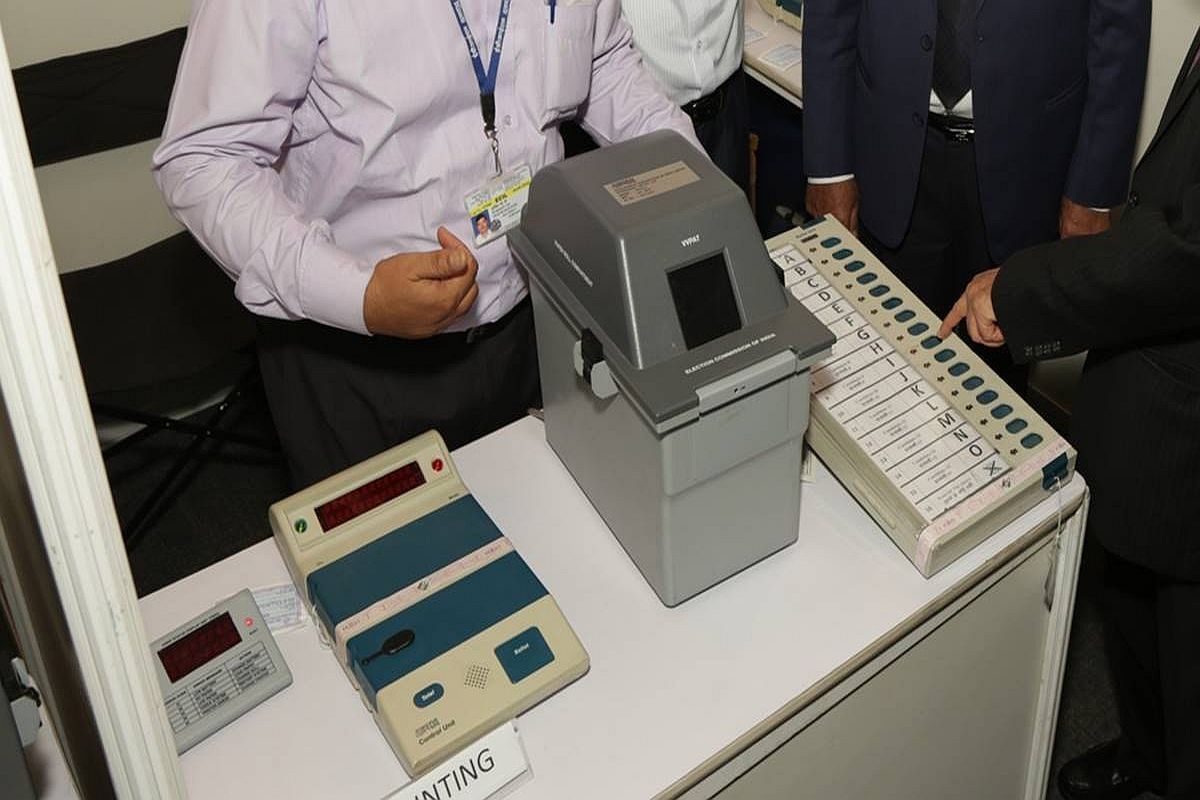The Election Commission said on Monday it will make all-out efforts to implement the directions of the Supreme Court to increase random matching of EVM results with paper trail machine slips from one polling station per assembly seat to five “with immediate effect”.
The development comes after the Supreme Court on Monday directed the poll body to increase VVPAT verification from one EVM per constituency to five randomly selected EVMs in the upcoming General Elections.
Advertisement
At present only one EVM per assembly segment is taken up for VVPAT paper slip matching.
Directing the EC, Supreme Court bench headed by Chief Justice Ranjan Gogoi said ”increasing the VVPAT verification from one EVM per constituency to five was to ensure the greatest degree of accuracy and satisfaction in the electoral process by both the political parties and the voters”.
The seven-phased Lok Sabha elections will begin on April 11.
The apex court, however, did not agree with the demand of 21 opposition parties that matching of EVM-VVPAT results be done in 50 per cent cases, saying it will require huge manpower and will not be feasible in view of infrastructural difficulties.
The Election Commission had last month told the Supreme Court that the present method of counting the VVPAT slips was the most suitable. The poll panel justified the existing system of random counting of the VVPAT slips from one polling booth per assembly segment.
After votes are cast, the polling station where VVPAT slips are matched with EVM results is decided by a draw of lots or lottery system in the presence of candidates.
Voter-verifiable paper audit trail or paper trail machine is a device which dispenses a slip with the symbol of the party for which a person has voted for.
The slip appears on a small window for seven seconds and then drops in a box. The voter cannot take it home. VVPATs are used in all polling stations.
(With agency inputs)









